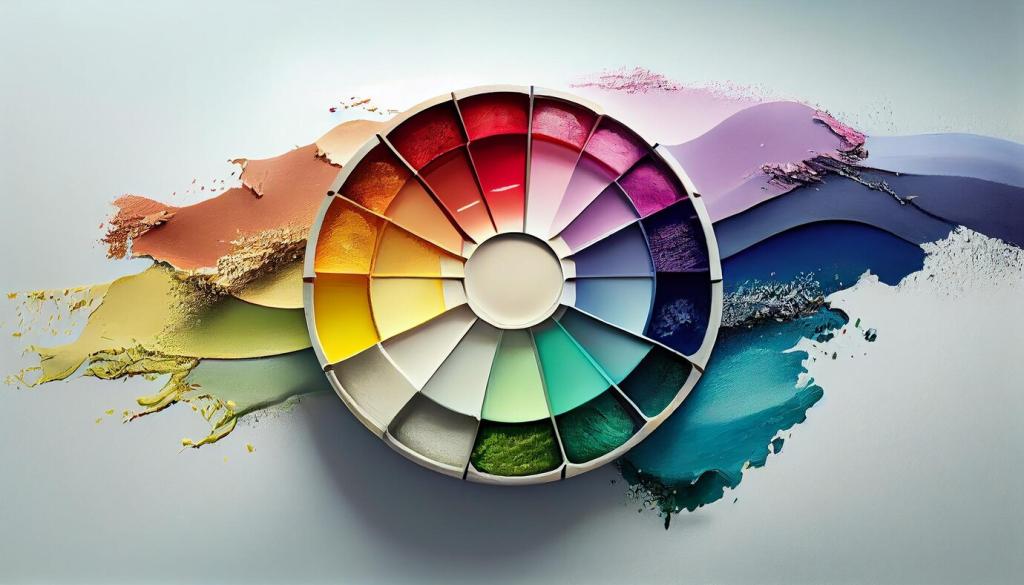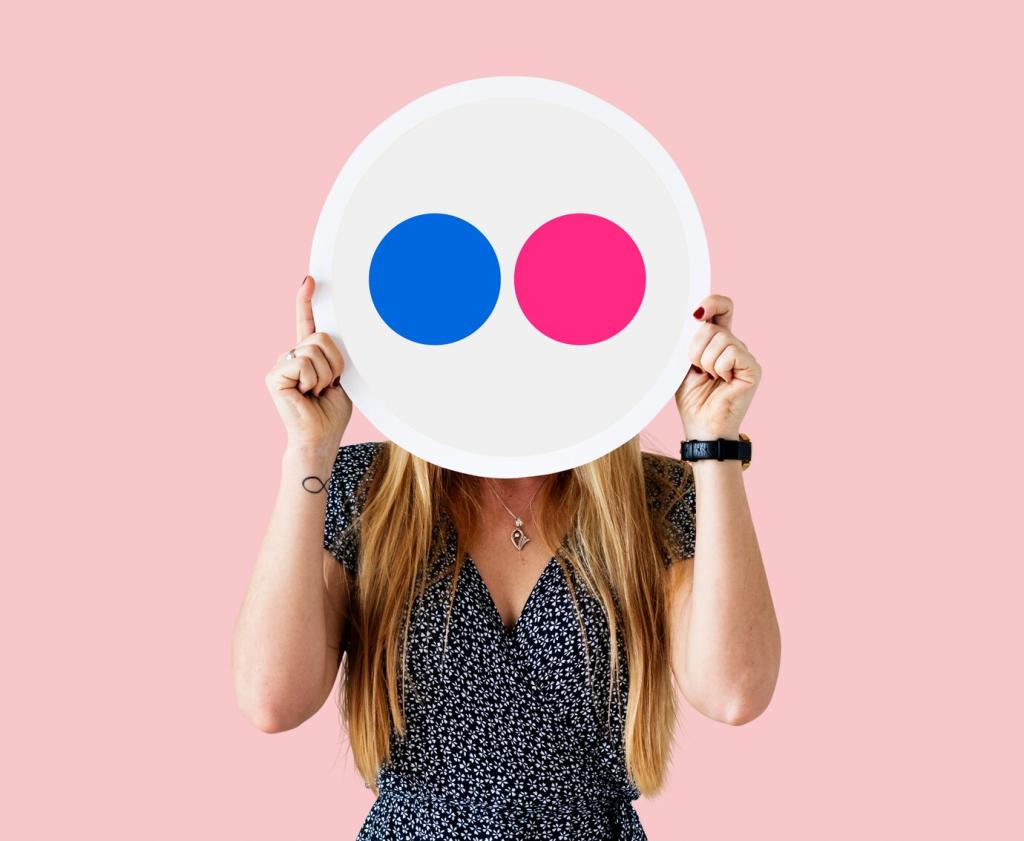
The Psychology of Color Palettes in Home Design
Theme chosen: The Psychology of Color Palettes in Home Design. Step inside a world where hues quietly guide comfort, connection, and productivity. Explore practical palette strategies, real-life stories, and experiments you can try today—then subscribe to keep the color conversation going.
How Colors Shape Feelings at Home
Warm palettes—reds, oranges, sunlit yellows—tend to energize conversation and activity, while cool blues and greens soften edges, lower arousal, and invite decompression after long days. Blend intentionally to steer mood without overwhelming.
How Colors Shape Feelings at Home
Highly saturated colors act like exclamation points, exciting and attention-grabbing, whereas muted, grayed tones whisper, soothe, and recede. Adjust brightness to fine-tune clarity versus coziness, and layer textures to soften or sharpen the psychological effect.



Bedrooms: Sanctuary Hues That Slow the Mind
Soft blues, gentle greens, and complex, desaturated neutrals encourage relaxation by reducing visual stimulation and mimicking nature’s calming signals. Keep contrast low, edges soft, and lighting warm. Tell us which bedtime palette actually helps you fall asleep faster.

Kitchens and Dining: Appetite, Warmth, and Conversation
Earthy terracotta, saffron, and olive can feel nourishing and convivial, while crisp whites boost perceived cleanliness. Balance appetite-stimulating warmth with grounding neutrals to avoid restlessness. Do you prefer cozy bistro vibes or airy café clarity? Share your table-side palette.

Workspaces: Focus Without Fatigue
Mid-tone cools like slate blue or sage green can sustain concentration without harsh glare, especially when paired with matte finishes. Limit intense accents to tools or art. What accent color motivates you without stealing attention from deep work?
Light, Materials, and Color Perception
Northern light reads cooler and more consistent, often flattering muted, complex colors, while southern light amplifies warmth and contrast. Always sample on multiple walls and revisit morning to evening before deciding. Share your swatch results with photos and notes.
Culture, Memory, and Personal Meaning
Colors can signal celebration, mourning, luck, or status depending on context. Learning local meanings helps avoid mismatches and unlocks richer, respectful design choices. Share a cultural color tradition that makes your home feel more connected to your community.
Culture, Memory, and Personal Meaning
A reader repainted her kitchen a buttery lemon after recalling mornings in her grandmother’s sunny flat; breakfast suddenly felt brighter and more loving. Mine your memories for places where color supported belonging, then echo those notes in fabrics, tiles, and art.


Building a Cohesive Whole-Home Palette
Anchor Color, Supporting Cast, and Accents
Choose one anchor hue to ground circulation spaces, then deploy two to three supporting colors and a restrained accent. A simple ratio keeps harmony while allowing personality. Share your anchor color and the accent you reach for to spark joy.
Neutrals with Undertones: Subtle, Not Boring
Greige with green undertones calms pinkish light; taupe with violet undertones cools yellow floors. Test alongside fixed elements—stone, tile, cabinetry—so neutrals support, not fight. Which undertone solved a tricky clash in your home?
Tools: Swatch Maps and Palette Playlists
Create a wall-sized swatch map or a digital board with fabrics, finishes, and paints. Step back, squint, and evaluate flow. If it sings at a glance, you are close. Want a template? Subscribe and comment; we will prioritize a printable guide.


Testing, Tuning, and Living with Color
Start with pillow covers, lampshades, or an accent wall instead of painting everything. Notice how morning coffee, midday meetings, and evening wind-downs feel. Tell us what surprised you after a week with a new hue.
Testing, Tuning, and Living with Color
Track sleep quality, appetite, and focus for two weeks after palette changes. Your body is wiser than swatch cards. Share your notes so others can learn from lived, nuanced results rather than one-size-fits-all rules.
Join our mailing list
